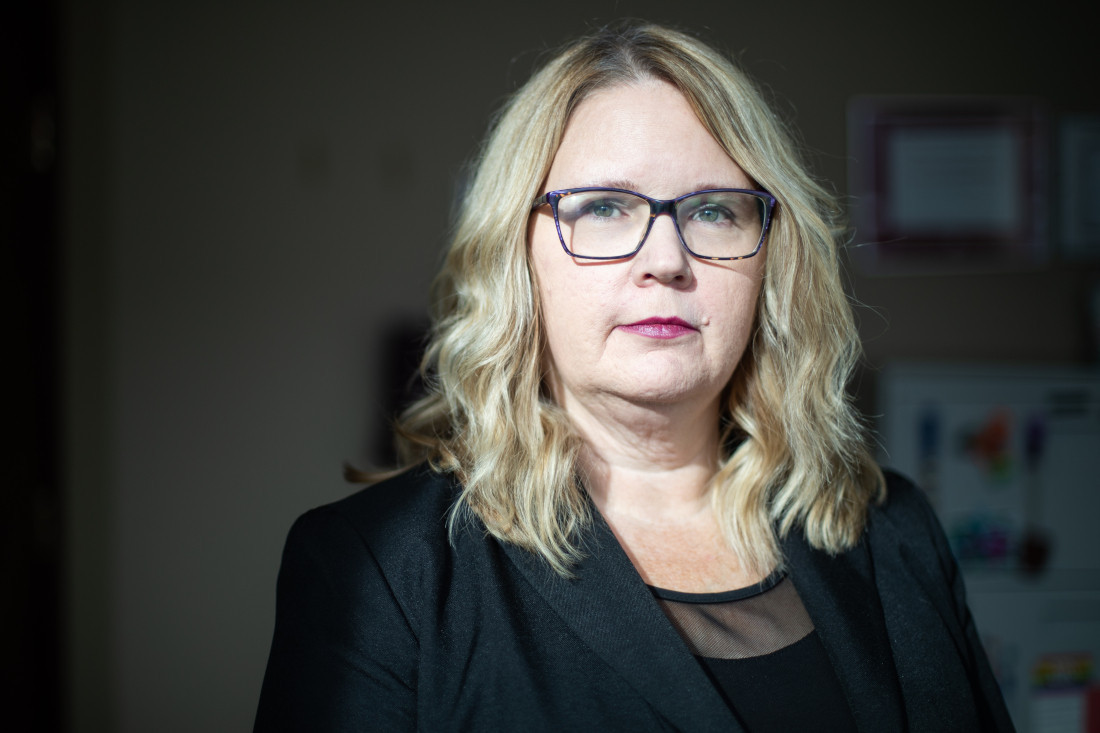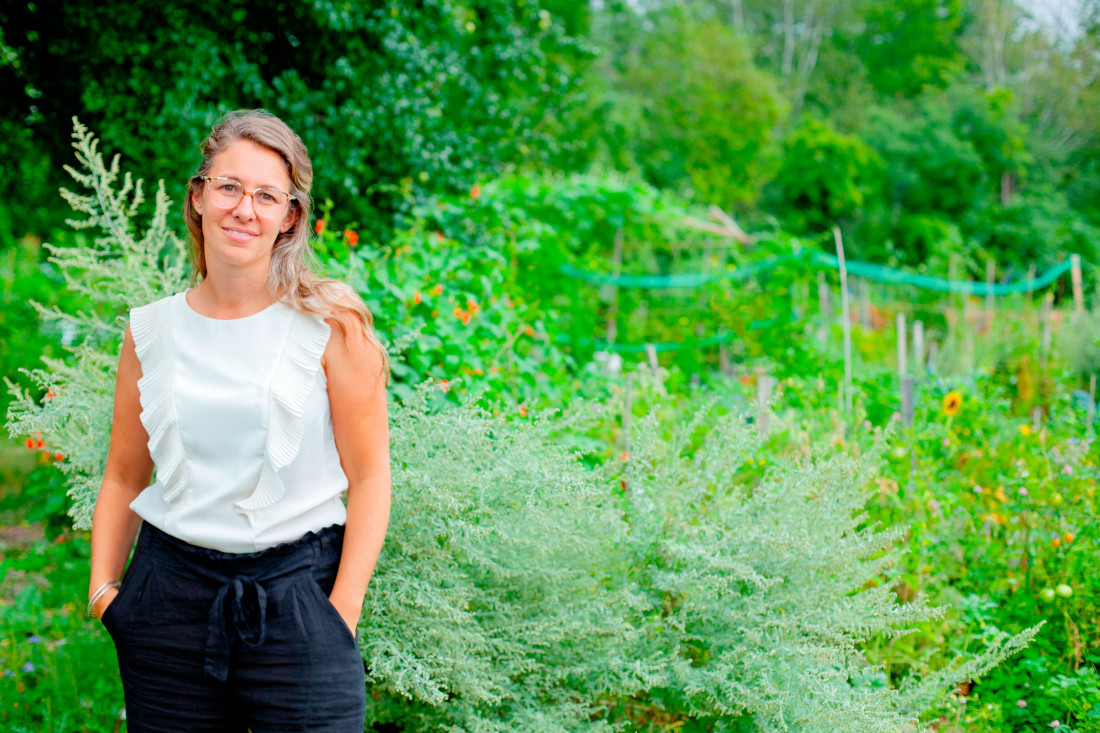Academia, ableism, and collective action
The need for ‘a safe return to campus’ – for everyone
Studies have shown that online learning was difficult for many students. This is not news. What has been underrepresented is the perspectives of disabled students, whose pandemic learning experience was not featured as prominently in the headlines.
Many students understood the return to campus as a return to a pre-pandemic learning experience. Universities emphasized in-person learning, prioritizing the needs of those without disabilities.
The decision to centre the needs of the majority, without considering those outside it, is ableism. Talia A. Lewis, a social-justice educator, lawyer and artist defines ableism as “a system of assigning value to people’s bodies and minds based on societally constructed ideas of normalcy, productivity, desirability, intelligence and fitness.”
Jessica Vorstermans is a professor of critical disability studies at York University. She echoes the words of activist adrienne marie brown, as she describes how COVID-19 revealed the relationship between abled supremacy and academic structures.
“All of the access that was created for able-bodied students during the pandemic (such as remote access and recorded lectures) is now being shut down as we return to ‘normal,’ and able-bodied people don’t need these ways of accessing education,” she says.
Alex Cloney, an Autistic first-year student at the University of Winnipeg (U of W), says COVID-19 changed the game for disabled students, as remote or video lectures became mainstream.
“All that stuff made accessibility more accessible. Now I’m realizing what became commonplace as accessible is being taken away,” Cloney says.
The pandemic revealed how deep the roots of ableism run within academia. At many universities, the return to campus saw the end of the access that had accompanied online learning.
The return to normal
On Aug. 15, the U of W announced plans to return to in-person classes. While many students were happy to sit in a classroom once again, most disabled and immunocompromised students weren’t offered alternatives.
This plan failed to consider the needs of students who could not yet feel or be safe on campus – the same students who benefited from online learning because their needs were finally being met.
Inga Johnson Mychasiw is the director of student support services at the U of W and speaks on behalf of the Accessibility Services department. “It isn’t considered an accommodation to receive a course in a different format,” she says.
Disabled students who would like to request alternative options are able to do so. “(If) it is reasonable for their class, then sometimes students are able to attend remotely,” Johnson Mychasiw says.
However, professors are not required to change the medium through which their courses are offered. For students seeking accommodations, the onus is entirely on them to seek out courses offered in a format that meets their needs.
Johnson Mychasiw encourages students to select courses that are the best fit for them, rather than trying to find a way to change classes and program requirements.
“Any student who may be uncomfortable or feels unsafe on campus needs to register for courses that (work) for them, both in terms of content and what relates to their academic interests,” she says.
There are currently few courses students can access remotely, and they’re scattered across a variety of departments.
Disabled students have the same degree requirements as their peers. But if they’re unable to access required courses in a format that meets their needs, they’re left with few options.
Pandemic protocols show “that accommodations were only presented when able-bodied students needed them,” Cloney says.
Cloney, who is studying in the classics department, is able to access the necessary courses. However, that’s not always the case with courses in larger departments.
“When you’re in a class of 30 students, you’re at the mercy of god,” Cloney says.
The technology that would remove many of the barriers disabled students face exists, but the university hesitates to implement it on a permanent basis.
Vorstermans says a culture of fear surrounds accessibility, and students accessing services and modifications may feel punished for making alternative arrangements.
“We have a system steeped in punitive logics, where students have to prove that they are disabled enough to access accommodation.”
For Elysse Paterson, a U of W student with attention-deficit/hyperactivity disorder (ADHD), the constant need to provide evidence of her diagnosis is exhausting.
“If a student requires a specific accommodation, they would have to get a diagnosis and get a form signed from their doctor saying that this is something they need, and (then) they would go to Accessibility Services (with this proof), who would (then) talk to the professor.”
This time-consuming and mentally draining process is just another demand upon disabled students who often already struggle to exist in an able-bodied world. Again, this weight falls on students to ensure their needs are met.
Not just students
It is not just students who are being forced onto campus. Kristen A. Hardy, who teaches in both the disability studies and women’s and gender studies departments at the U of W, says many staff members weren’t able to continue teaching from home.
“Many faculty members would love to continue teaching online for their own safety and for that of students. But most have not been given a choice,” she says.
Michelle Owen, the coordinator of the disability studies department, jokes about the irony of the situation.
“A lot of us resisted online courses at first, but for a lot of instructors and professors, it was easier (and safer) to work at home. Now we’ve pivoted completely back, and no matter how many online courses I would like to offer, I don’t have that option.”
Owen says the university has pushed for a return to campus, which makes it difficult to offer courses that can be accessed online.
Hybrid courses, which are offered both online and in person “add to our workload, and the administration doesn’t want to compensate that. The message from our union is not to do that.”
The eradication of these barriers falls on an already overworked and underappreciated demographic: teachers.
“Many faculty members are overloaded with teaching, research and service obligations,” Hardy says. “It’s anything but a nineto-five job.”
Collective action
Students at the U of W and many other Canadian institutions are being forced to choose between their health and education. Faculty and other staff members must make similar decisions and choose between their health and employment.
Vorstermans says that students and faculty must work together to achieve change.
“Those of us in faculty unions have to push for things like institutional support for hybrid teaching. It cannot fall to individual faculty members to create access for students,” she says. “It has to be held by the institution.
“Students can support each other by creating open Google Docs for notetaking in courses where the lectures are not recorded. Student unions (can push) for a safe return to campus that centres disability justice.”
Published in Volume 77, Number 08 of The Uniter (November 3, 2022)









